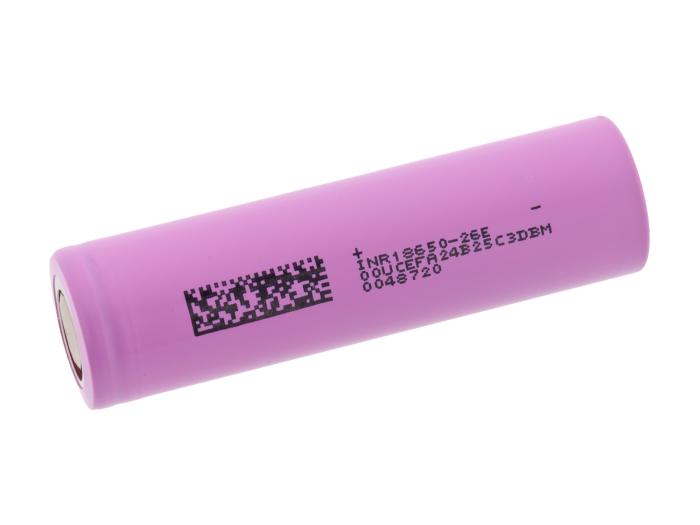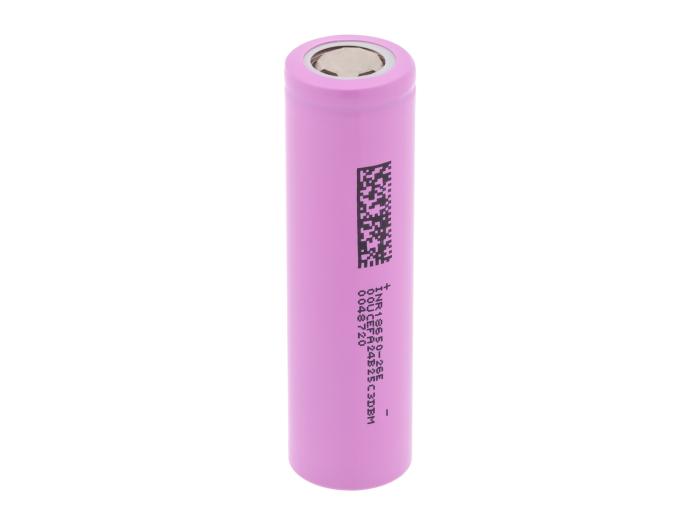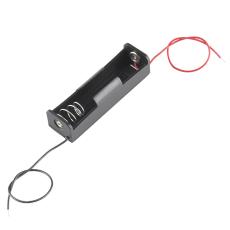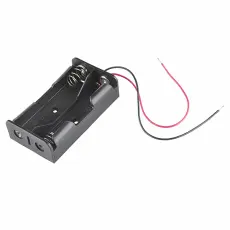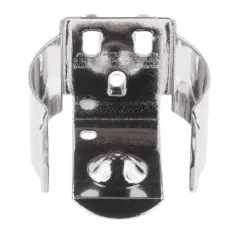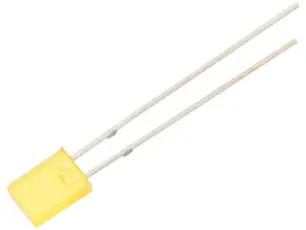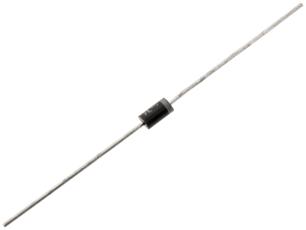Product description
Li-Ion 18650 battery cell with no protection circuit. These cells are suitable for building or repairing battery packs, flashlights, etc.
Specifications:
- Nominal capacity: 2600 mAh (minimum 2500 mAh)
- Nominal voltage: 3.7 V
- Max charging voltage: 4.2V
- Cutoff voltage: 2.75V
- Standard charge: 0.5C (1300 mAh)
- Max discharge current: 3C (7800 mA)
- Discharge current continuous: 1C (2600 mA)
- Weight: 47.0g
- Internal resistance: 25 mOhm
- Size: Height 65 mm x ø18.4 mm
- Operating temperature charging: 0 to 45 °C.
- Operating temperature discharge: -20 to 80 °C.
- Terminals: flat top
IMPORTANT INFORMATION:
The battery does not have a built-in protection circuit and must therefore be used together with a monitoring protection circuit or a BMS (Battery Management System).
The protection circuit safeguards the cells against overcharge, overheating, overcurrent, deep discharge, and short circuit. If any parameter exceeds the safe range, the BMS protects the battery by interrupting the process or triggering an alarm.
Incorrect charging or discharging may cause thermal runaway, which can result in fire or explosion of the cell. A protection circuit is essential for safe operation.
Controlled charging minimizes harmful wear and helps maintain optimal cell performance over time, even after many charge cycles.
Safety instructions:
- Never charge or discharge without a protection circuit (BMS). The maximum charge voltage is 4.2 V.
- Never deep discharge – do not allow cell voltage to drop below 2.5 V.
- Do not discharge the cell with a current (A) higher than specified.
- Do not charge the cell with a current (A) higher than specified.
- Do not short-circuit the cell.
- Do not mix cells of different types, brands, or usage levels in the same battery pack.
- Use the cell only within the temperature limits specified by the manufacturer.
- Do not use cells that are physically or functionally damaged – recycle them properly.
- Avoid contact with water or other liquids.
- Never reverse the polarity of the cell.
- Do not solder directly to the cell terminals. Use proper battery spot welding for nickel strips or a suitable battery holder.
- Do not expose the cell to strong mechanical shocks.
- Do not immerse the cell in water or seawater and prevent any contact with moisture.
- Do not disassemble or modify the cell.
- Do not use or store the battery in direct sunlight or in a heated vehicle.
- Keep the battery out of reach of children.
- Do not handle or store the cell with metal objects that could cause a short circuit.

